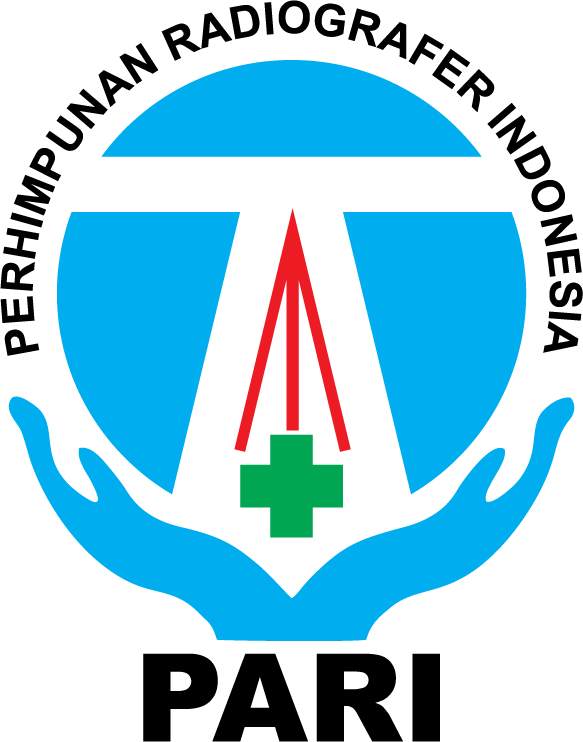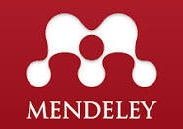Informasi Anatomi Radiograf Dengan Dan Tanpa Penyudutan Tabung Sinar-X Pada Pemeriksaan Pedis Proyeksi AP
Abstract
Background: On radiographic examination, the direction of the beam affects the anatomical image of the object produced. Pedis examination of the AP projection is a radiographic examination that uses two directions of beam. The direction of beam is with and withhout X-ray tube angulation. This research aims to compare radiograph anatomy information with and without X-ray tube angulation on pedis examination of the ap projection.
Methods: This type of research is qualitative research with a descriptive approach. Data was obtained by making radiographs using with and without X-ray tube angulation using object phantom. The radiographic imaging of the pedis were observed by ten respondents, consist of radiology specialist t and resident radiology specialist, by giving questionnaires. Then the data obtained will be processed by being described and analyzed.
Results: The result of the research showed different of x-ray tube angulation on the pedis examination on AP projections is the use of 100 angles because they get a high score. As well as the use of angle 100 chepalad can visualize both the interphalangeal joint space, metatarsophalangeal joint space, tarsometatarsasl joint space, joint space between the navicular and cuneifrome appear open, navicular, and cuboid. While the use of an angle of 00 can show the sesamoid bone and three cuneiform bones quite well. The angle of the beam direction is 100 chepalad so that the direction of the beam is perpendicular to the metatarsal bone so that there is no distortion in the metatarsal bone image. If the case is a fracture without having to prioritize the joint space, then the examination without an angle can be done because it is easier and saves time.
Conclusion: AP projection of the pedis radiograph with the use of an angle 100 chepalad and without the use of posterior tube angulation with the posterior beam toward the heel produces different anatomical information. The most optimal anatomical information is generated by the use of a 100 chepalad.Keywords
Full Text:
PDFReferences
Lampignano, John P., dan Kendrick, Leslie E. 2018. Bontrager’s Textbook of Radiographic Positioning and Related Anatomy. Ninth Edition. Elsevier, Inc. St. Louis.
Long, B. W., Rollins, J. H., dan Smith, B. J. 2016. Merril’s Atlas of Radiographic Positions and Radiologic Procedures, Thirteenth Edition. Volume One. Saint Louis: The Mosby Company.
Martensen, Kathy McQuillen. 2015. Radiographic Image Analysis. Fourth Edition. Elsevier Saunders. St. Louis, Missouri.
Pearce, Evelyn C. 2017. Anatomi Dan Fisiologi Untuk Paramedis. Cetakan Keempat Puluh Lima. Penerbit PT Gramedia Pustaka Utama. Jakarta.
Whitley, A Stewart, dkk. 2016. Clark’s Positioning In Radiography. Thirteenth Edition. Taylor & Francis Group. Boca Raton.
DOI: https://doi.org/10.31983/jimed.v7i2.7477
Article Metrics
Refbacks
- There are currently no refbacks.
JURNAL IMEJING DIAGNOSTIK by http://ejournal.poltekkes-smg.ac.id/ojs/index.php/jimed is licensed under a Creative Commons Attribution-ShareAlike 4.0 International License.

.png)
.png)
.png)
.png)
.png)
.png)
.png)











